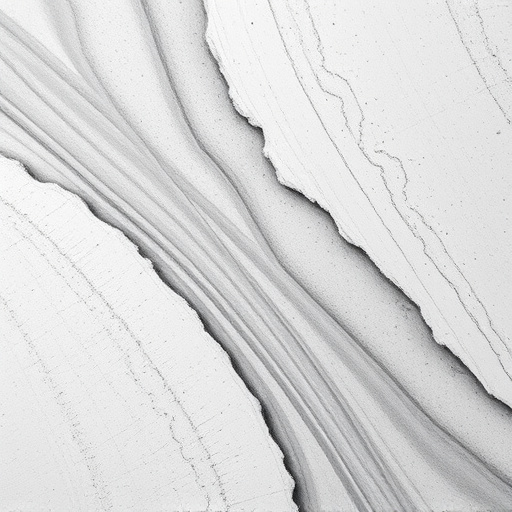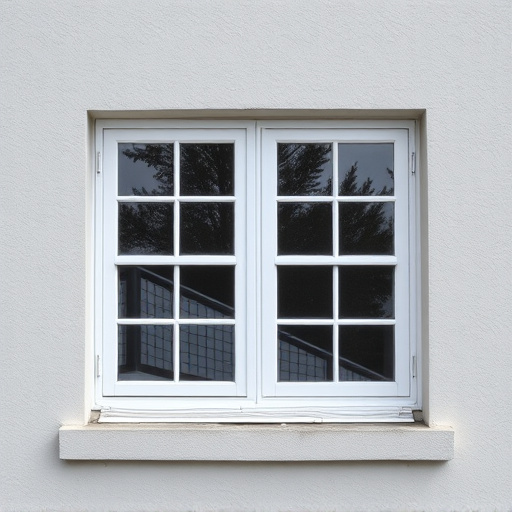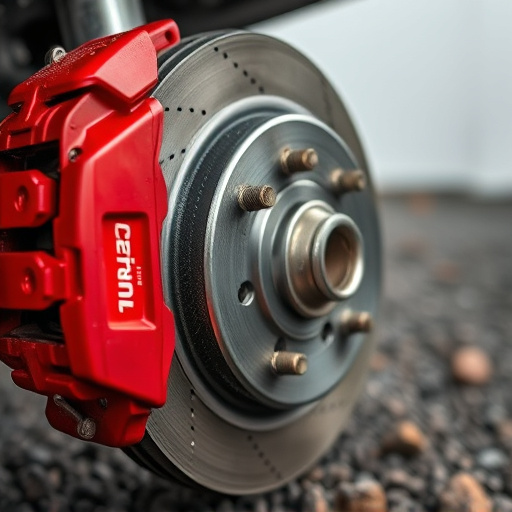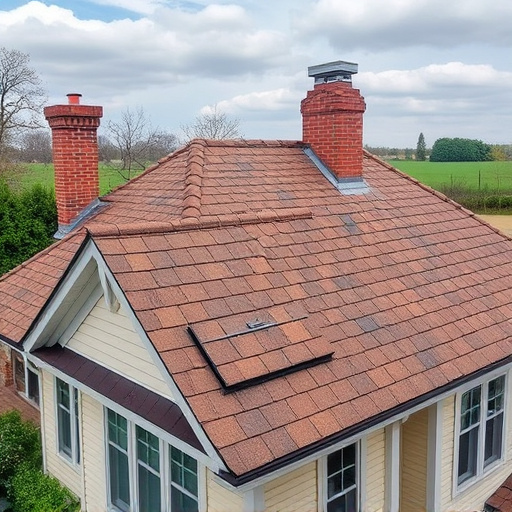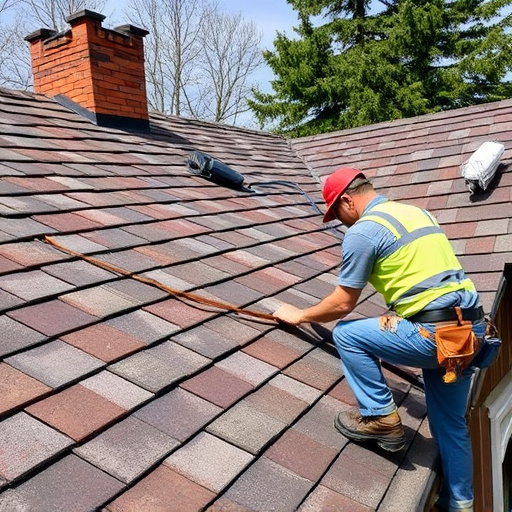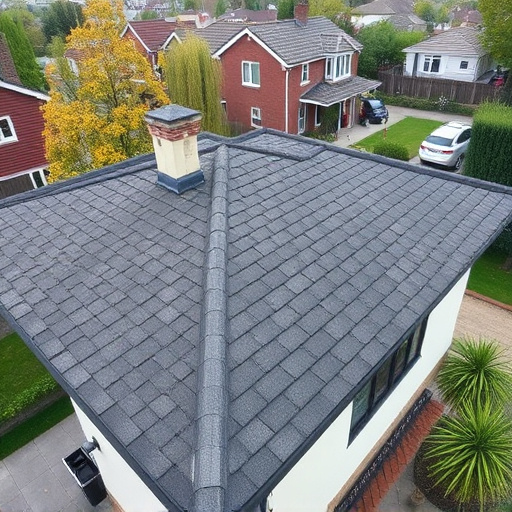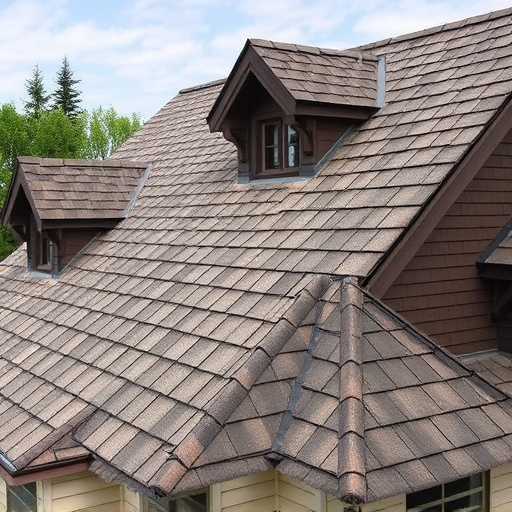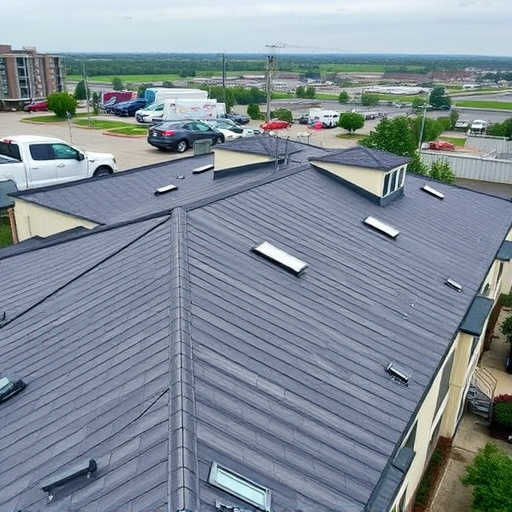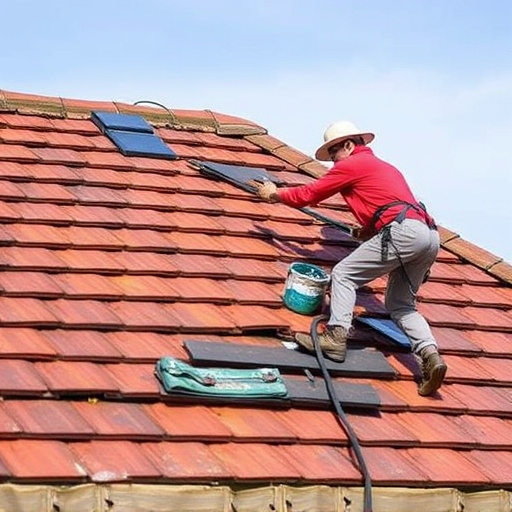Before exterior renovation, assess walkway condition and set goals for aesthetics or safety. Choose durable materials like concrete or stone, considering visual appeal and budget. For resurfacing, prepare surfaces, use suitable adhesives, sealants, and coatings for longevity. Regular maintenance protects against water damage, heaving, UV degradation for safe, appealing walkways.
Consider your walkway more than just a path—it’s an extension of your home’s exterior. Resurfacing offers a fresh start, enhancing both functionality and curb appeal as part of a broader exterior renovation. This guide delves into transforming your tired walkway into a durable, aesthetically pleasing feature. From evaluating its current condition and setting goals to choosing materials and mastering installation techniques, discover the secrets to a successful walkway resurfacing project that complements your home’s style.
- Evaluating Walkway Condition and Setting Renovation Goals
- Material Choices for Longevity and Aesthetic Appeal
- Installation Techniques to Ensure Durability and Safety
Evaluating Walkway Condition and Setting Renovation Goals
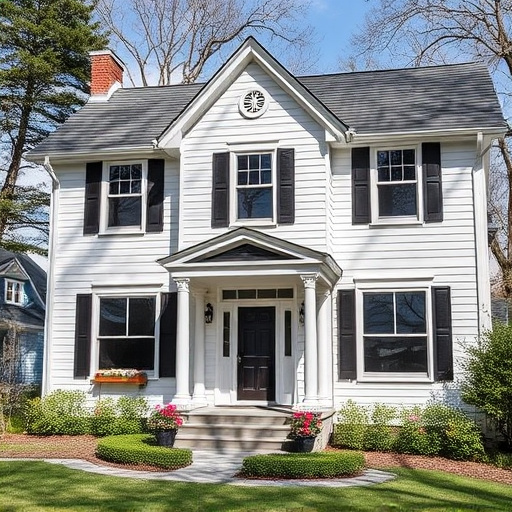
Before embarking on any exterior renovation project, thoroughly evaluating the condition of your walkway is a crucial step. This involves closely examining the existing surface for signs of damage such as cracks, uneven patches, or severe wear and tear. Additionally, consider factors like age, material composition, and exposure to environmental elements, including sun, rain, and extreme temperatures. These assessments help in determining whether simple repairs or a complete resurfacing is required as part of your exterior renovation plans.
Setting clear renovation goals is equally vital. Decide on the desired look and functionality you want to achieve post-renovation. Do you aim for an aesthetic upgrade with sleek, modern materials? Or perhaps enhancing accessibility and safety through better traction and slip resistance? Aligning your walkway resurfacing project with these goals ensures a successful transformation that complements your home’s overall exterior appeal, including any necessary roofing solutions or siding work.
Material Choices for Longevity and Aesthetic Appeal
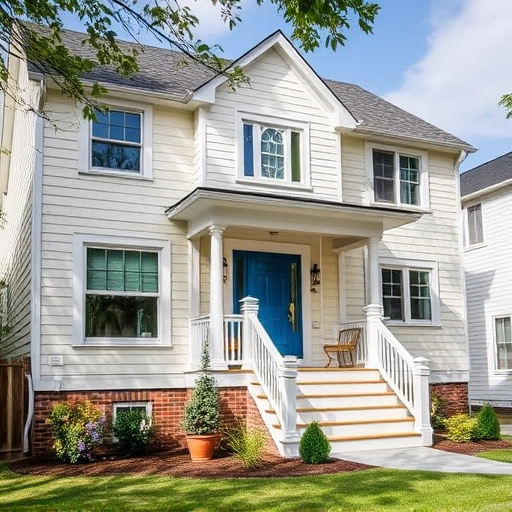
When considering an exterior renovation, choosing the right materials for your walkway is a key decision that will impact both longevity and aesthetic appeal. Durability is paramount; walkways see heavy foot traffic, so opt for materials that can withstand wear and tear, like concrete or stone. These options not only offer strength but also provide a timeless, classic look that complements various architectural styles, from traditional to modern.
In addition to durability, aesthetics play a significant role in exterior renovation projects. Natural materials like brick or slate offer rich textures and visually appealing patterns. For a more contemporary approach, concrete can be stained or stamped to mimic the look of stone or wood without the maintenance concerns. When selecting your walkway material, consider consulting with home exterior services professionals who can guide you based on your project’s unique needs, budget, and desired outcome, ensuring a successful renovation that enhances your property for years to come. Think about the commercial siding options as well, as they can contribute to both the structural integrity and the visual appeal of your exterior space.
Installation Techniques to Ensure Durability and Safety
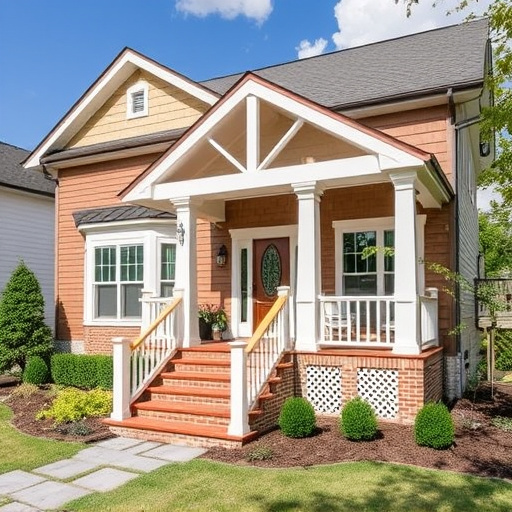
When resurfacing walkways as part of an exterior renovation, it’s crucial to employ installation techniques that guarantee both durability and safety. The process involves careful preparation of the existing surface, ensuring it’s clean, level, and free from any debris or defects. This foundation is key to the longevity of the new walkway material.
Choosing the right materials is essential; options range from concrete to natural stone, each with unique benefits and considerations. Proper installation includes using suitable adhesives, sealants, and coatings designed for exterior use. For residential or commercial siding services, these measures are vital to protect against water damage, frost heaving, and UV degradation. Regular maintenance, such as cleaning and re-sealing, further enhances the lifespan of the resurfaced walkways, ensuring they remain safe and visually appealing components of your exterior renovation project.
Resurfacing walkways is a key aspect of any comprehensive exterior renovation project. By carefully evaluating their condition, setting realistic goals, and selecting durable materials and installation techniques, homeowners can enhance both the safety and aesthetic appeal of their outdoor spaces for years to come. Incorporating these strategies into your exterior renovation plan will ensure a robust and visually pleasing result that stands the test of time.


